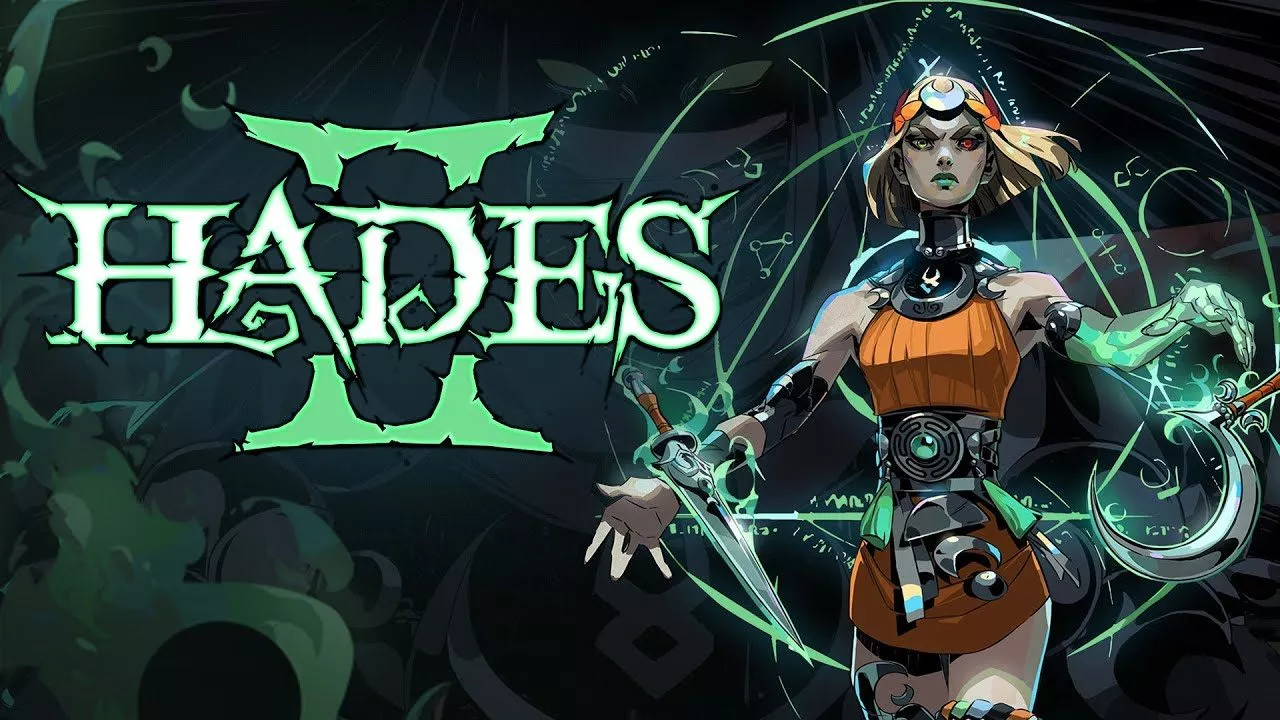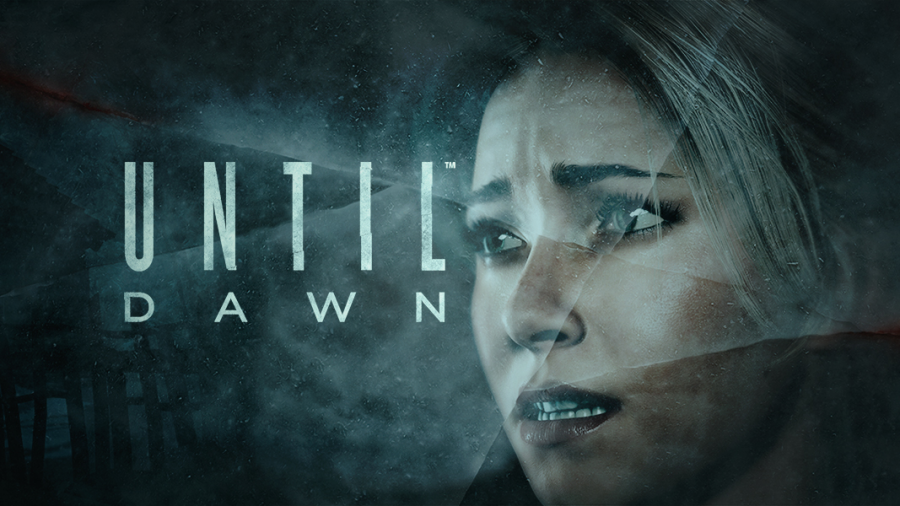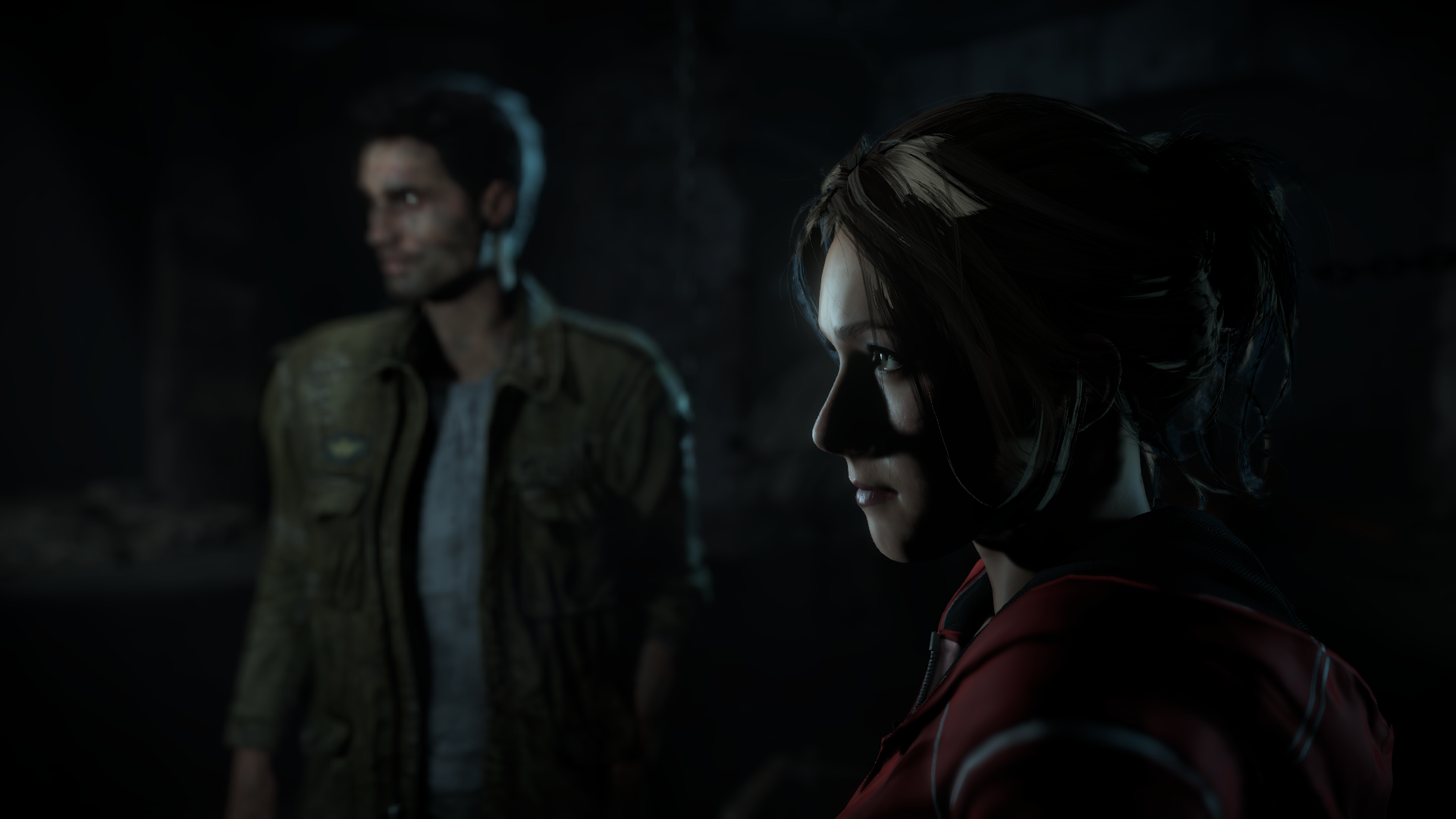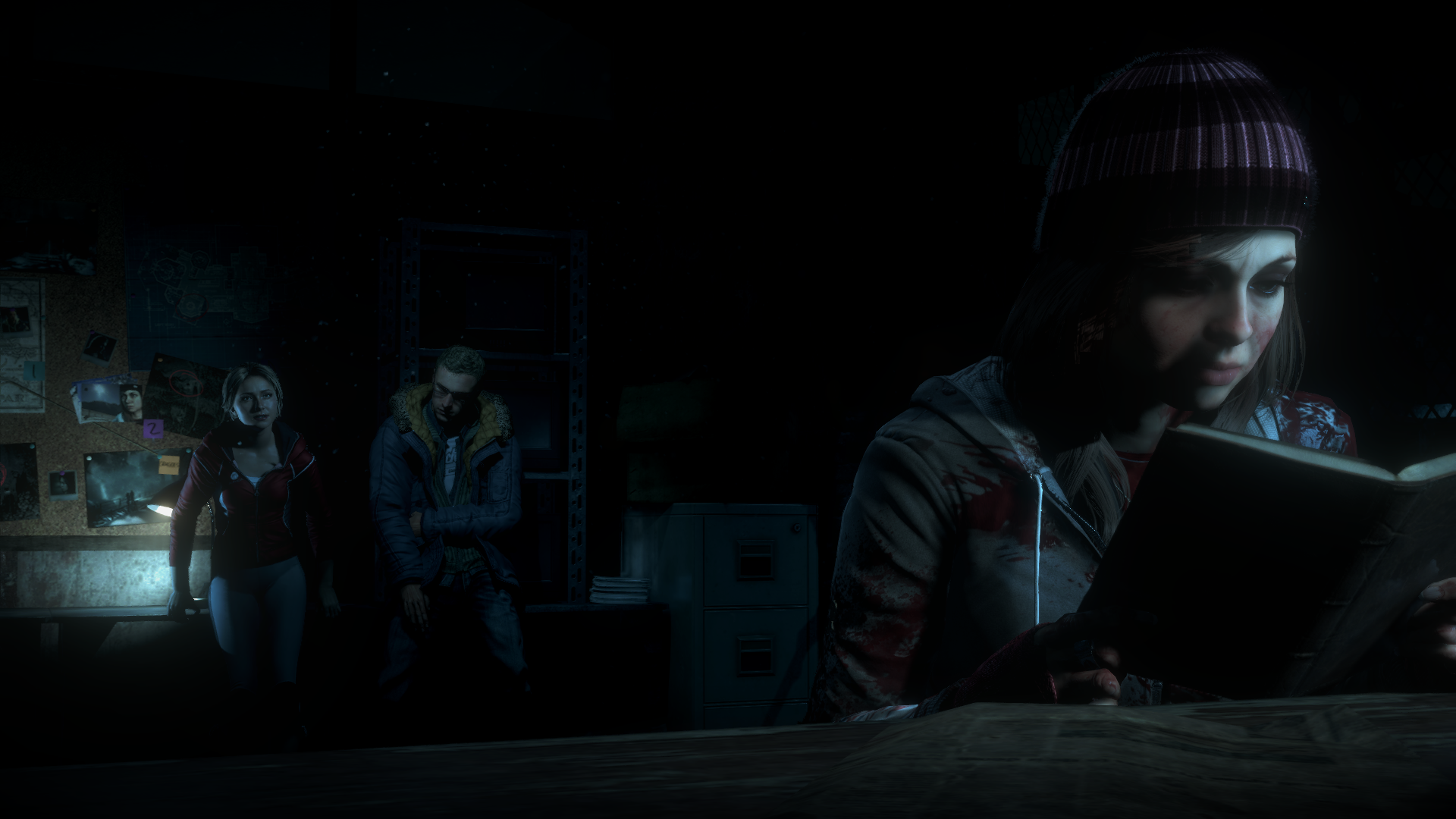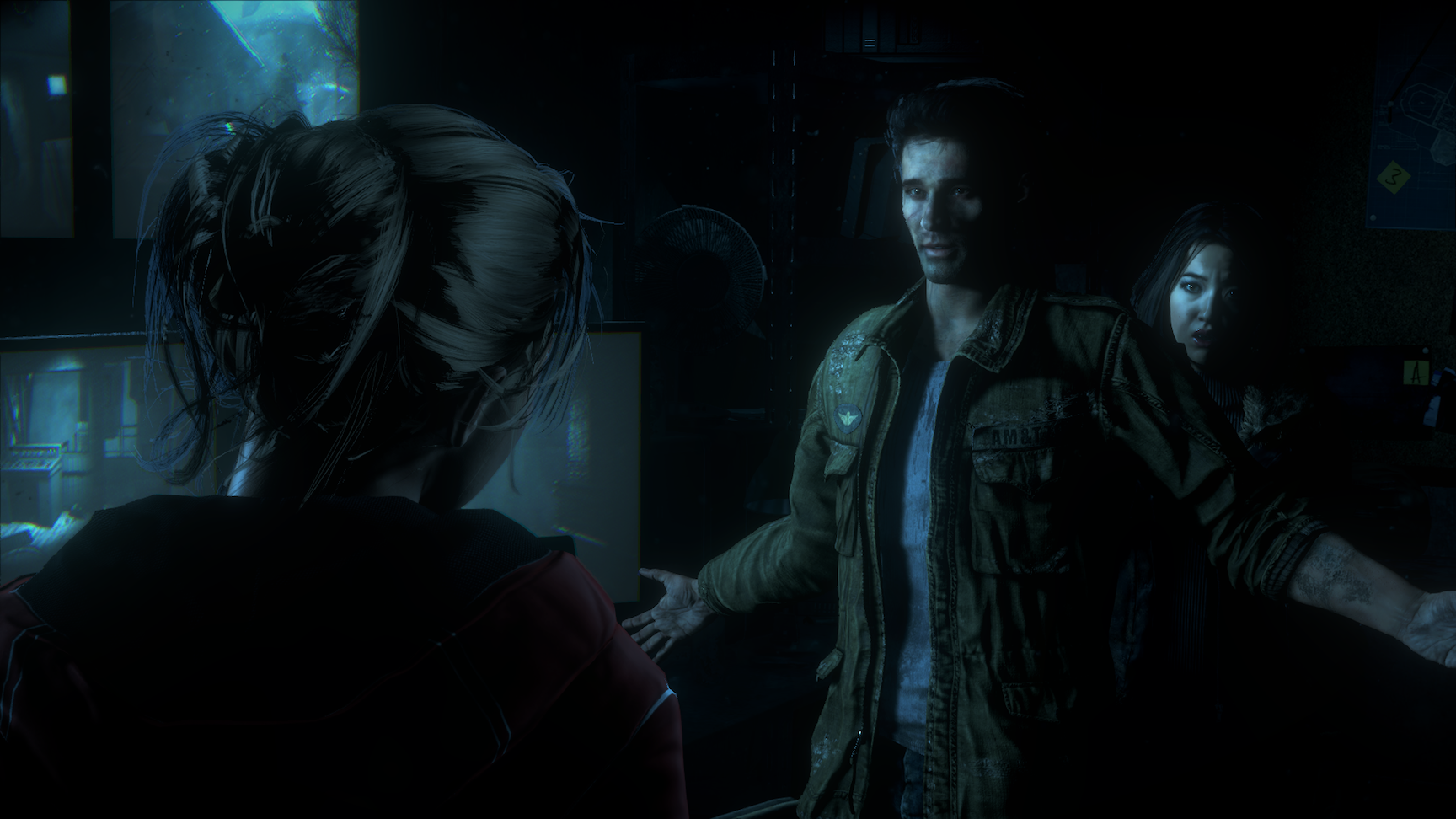Until Dawn is a game that, like many others, tries to tell a complex and branching story. An interactive drama in which every decision — large or small — affects how the story plays out and, ultimately, its ending.
For every success — The Walking Dead and Heavy Rain — there are dozens of failures: Beyond: Two Souls, anyone? While arguably the decisions in these games have an affect, it’s usually superfluous or only occurring at very specific points. Until Dawn is guilty of this this too. The narrative is pretty well set in stone and the touted hundreds of endings seems only to be a number drawn from the combinations of living and dead characters by the time the credits roll.
That said, Until Dawn does a very good job of hiding how little your choices matter in the grand scheme. You’re bombarded with moment-to-moment decisions without any context on how your choice will play out. When Until Dawn finally does bring your knee-jerk choices back, it’s often in surprising and unexpected ways. This isn’t necessarily by altering the plot an explosive manner, but in subtle moments that cast scenes in a range of different lights. The butterfly effect is referenced and even has its own menu, keeping track of major and minor decisions and moments. Some seem pointless and others major, but in reality they largely only change a few key moments.
It feels as though anything can happen at any moment in Until Dawn, but having played through a few times, there are definitely milestones and unchangeable markers. There are also other sections that have binary outcomes. I’m yet to figure out which decisions lead to which outcomes, but I’ve seen certain scenes multiple times and have only ever seen it go two ways. While Supermassive Games will have you believe you need to play multiple times to get the full story, I’d argue that the more you play the more you pull back the curtain. This is a game that’s best played once or twice. Own your story, the way it turned out and move on. Seeing all possible outcomes cheapens the whole thing and only reveals how little your choices do matter. Play once and you’ll feel like there are infinite outcomes. It’s better to live in the dark than be disappointed in the light.
Until Dawn is classic teen-slasher fare. The eight playable characters are ripped straight from the screen and fill the stereotypical roles we all expect. There’s the jock, the bitch, the nerd, the slut, the shy girl, the strong girl and the oddball. These stereotypes exist for a reason in this genre because fear and horror are tough to get right. Not everyone is frightened by the same things, but when the characters are so broadly drawn — at least initially — everyone who plays will see something of themselves or their friends in the heroes. In that familiarity comes tension, anxiety and sometimes even terror.
None of it would work if the performances by the cast weren’t so strong. The script is largely great, with an occasional dip into mediocrity and one or two moments of sheer cringe — but that comes with the territory. The cast work hard to make sure their characters are believable and well-rounded, even in this hyper-realistic horror movie world. The performances owe as much to the actors as they do to the tech with a modified Killzone: Shadow Fall engine realistically rendering facial expressions, hair and movement. Until Dawn is gorgeous.
It’s surprising that this was originally designed for the PS3, as graphically it bears no hallmarks of a last-gen game. It’s truly stunning. The lighting is a stand out, as are the particles and character models (as mentioned earlier). In most cases, the character you’re currently in control of — which changes fluidly and often — is holding some form of light, be it a torch or flashlight and the like. The light bounces off the environment, lighting up darkened corners and providing the only respite from the oppressive surroundings. Until Dawn is set at night and so the darkness presses in on all sides all the time. It is aggressively dark even, so the light sources held by the characters play a hugely important role. They light the way, reveal secrets and even help uncover the plot. How? Well, you’ll have to find out for yourself.
One thing that is unfortunately left over from the PS3 development are motion controls. Thankfully they can be turned off. I tried them initially and after 30 seconds went back to regular controls. When playing with motion controls the DualShock 4’s accelerometer controls the character’s line of sight as well as where their light source is pointing. With motion controls turned off you simply use the right stick. The motion controls are also used for other actions, but are again garbage. Do yourself a favour and play with regular controls. It’s a much more enjoyable experience.
On occasion you’ll be prompted to remain still and during these sequences the DualShock 4 must not be moved lest you fail. Turning motion controls off does nothing to change these moments, but they’re infrequent and an admittedly brilliant use of the tech. Each time they cropped up it was an unexpected moment and made for a few seconds of intense tension, perfect for ratcheting up already terror fuelled moments even further.
Also surprisingly enjoyable are the title’s numerous Quick Time Events. Most QTEs in other titles are a pass/fail moments, but in Until Dawn they’re just another “choice”. If you pass or fail you will see a slightly different sequence of events. It makes them seem important but not crucial and makes the sequences much more tense. Other action-based sequences are well paced and mostly terrifying with two scenes in particular in the third act taking the tension up through the stratosphere.
Speaking of the third act, the narrative attempts a switcheroo that at first felt unearned. Having played through a second time, the introduction of new elements after the Psycho is revealed does feel more organic, but on my first play it was a little jarring. Disappointingly, I was able to pick the identity of the Psycho very early on. Whether this is due to my knowledge of the genre or whether Until Dawn signposted the reveal is hard to say. I’m sure many other players will share my experience and perhaps the plot is written as such to pave the way for the third act.
Until Dawn is a hugely enjoyable piece of entertainment. I’m hesitant to call it a game, because while it clearly is one it straddles other forms of entertainment simultaneously. Its claims of a massively branching and divergent narrative are hugely overstated, but while playing, the potential for such is palpable. It’s a decent and sometimes very clever horror story with enough self-awareness to avoid the pitfalls of the genre.
Play with the lights off, play once and you’ll have a terrifying blast. Don’t play over and over again as you’ll ruin the magic. Keep the genie in the bottle and keep parts of Until Dawn a mystery, it fares much better that way.
Review: Until Dawn
 |
|
The good
|
The bad
|
Want to know more about our scoring scale?
This article may contain affiliate links, meaning we could earn a small commission if you click-through and make a purchase. Stevivor is an independent outlet and our journalism is in no way influenced by any advertiser or commercial initiative.





